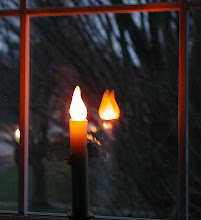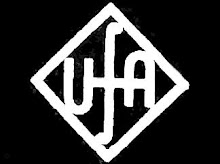I talked about "diseased" Resurrection myths this morning. It is probably not at all clear what I meant by it. It was never all that clear in Brian Aldiss, who originated the notion (as far as I know) when he referred to Mary Shelley's Frankenstein as a "diseased" Creation myth.
In the present day, our popular stories of horror have lost the device of divine interference to preserve mankind from the clutches of evil. There were a lot of Exorcist type movies that spouted "The power of Christ compels you!", but in actuality, the power of Christ did not seem to do to much. In the old days, the monsters against nature would have been blasted by a lightning bolt, or would have been destroyed by some other divine intervention. There were not only some things man was not meant to know, but that were not supposed to see the light of day and destroy the peaceable kingdom that God created.
The diseased myths are those myths where the Holy is forgotten. Stephen King's The Stand was the last work of terror which used the Holy in a consistent way as an integral part of the story in the way the divine used to be integral in our lives. Now the Holy is omitted, or it is used as a stock character, such as in the Left Behind series.
In Frankenstein, the monster is last seen on an ice floe in the Arctic, headed for an icy grave. We never really find out. Since then, the retribution for the horrors, the terror, the torture, and the violence has almost disappeared. Sometimes the army shows up, sometimes the FBI, but for every horror prevented, one thousand are perfected to their gruesome ends.
The horror of war delivered into our homes by the news has now extended to real stories of torture and abuse done not by our enemies, but by ourselves.
A myth - a great story - that exists without the dimension of spirituality is contrary to the spirit of a million years of humanity. Diseased myths, diseased stories, diseased evening news.
--
Monday, November 08, 2010
Subscribe to:
Post Comments (Atom)

















No comments:
Post a Comment